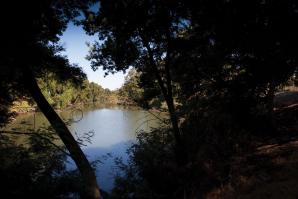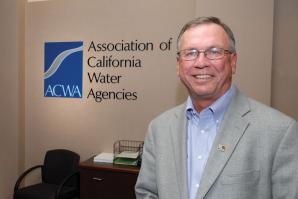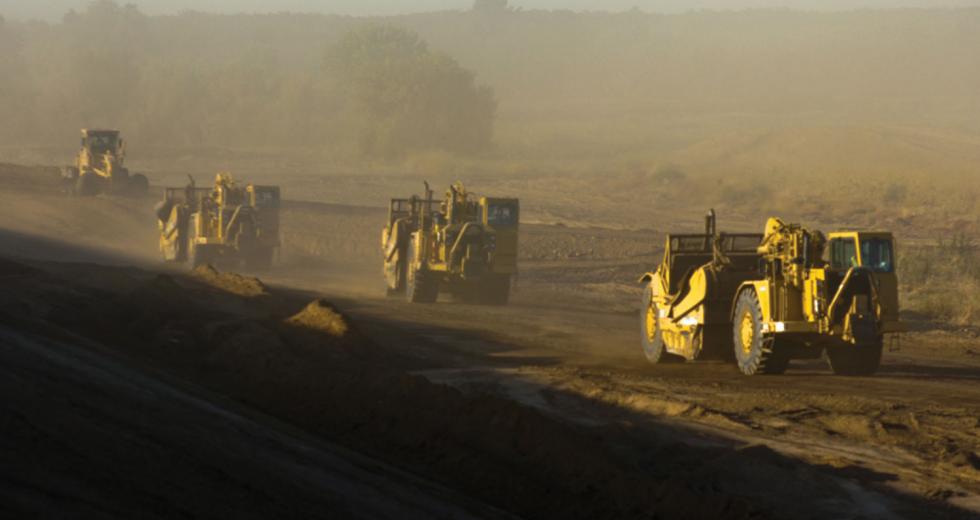Yuba County officials knew they couldn’t rely on federal money to improve their levees. Historically, the federal government has provided the bulk of money for flood protection, but it can take 10 to 20 years to receive it. So Yuba County, a mostly agricultural county of nearly 73,000 people 30 miles north of Sacramento, developed a plan to fund levee improvements itself. Part of the effort earned recognition last year from The Bond Buyer, a finance trade publication, which judges municipal bond-financed projects for their “innovation, risk taking, financial complexity” [and] ability to serve as a model for other financings.
With the Feather, Bear and Yuba rivers flowing through, Yuba County has flooded many times. The most recent deluges occurred in 1986 and 1997, causing more than $300 million in combined damages. The 1997 flood killed three people.
Jobs, residents and the tax base are concentrated in the southern portion of the county, but floods affect everyone, demoralizing residents and destroying the economy, says Mary Jane Griego, Yuba County supervisor and chair of the Three Rivers Levee Improvement Authority.
In the early 2000s, developers generated plans to build 10,000 homes in Plumas Lake, a community east of the Feather River in south Yuba County. To protect existing and future residents, county supervisors knew the area needed better flood protection. After embarking on a program to improve levees, officials discovered the area was at risk for floodplain designation by the federal government that would prevent the county from issuing building permits.
“We knew that development was around the corner; we had to make a choice,” Griego says. “Was it to fight development with their entitlements and go to court or … go another route and have development help bring everybody out of a flood risk in the south Yuba County area? So the board decided to do the latter.”
The supervisors initially developed a three-phase project. In 2004, the county and Reclamation District 784, a state agency that oversees levees in the area, formed a joint powers agency, the Three Rivers Levee Improvement Authority. The agency initially focused on the Yuba and Bear rivers and the Western Pacific Interceptor Canal, a drainage canal. The bulk of the $115 million project — about $62 million — came from developers.
In 2005, the county discovered the Feather River’s 13 miles of levees were at risk of collapse. County officials wanted developers to pay for the local share of Feather River improvements and had collected about $18 million. But amidst the recession, in 2008 developers told the county they had no more money. Three Rivers applied for Proposition 1E funds from the state, which granted it $138.5 million on the condition it contributes $53.3 million. A local landowner gave $5.3 million and the reclamation district gave $1.4 million, but it still needed the remainder.
Three Rivers hired Capitol Public Finance Group LLC in Sacramento, a public-finance consulting firm, which developed a bond deal to contribute the $46.6 million. The deal entails the Yuba Levee Financing Authority (comprised of the county and its water agency) selling $78.3 million in two sets of revenue bonds. It gives the agencies a six-and-a-half-year cushion to begin paying off the debt. The deal, which earned the award, has a fixed blended interest rate of 5.33 percent.
Jeffrey Small, managing director of Capitol Public Finance Group, developed the plan. He anticipated a prolonged recession and negotiated the deferral to allow the real estate market to recover.
He also negotiated the ability to pay off the bonds early without penalty, beginning in 2017. The plan is to pay off the debt with developer impact fees for single-family housing. Interest costs are built into the development fees, so if the county and water agency make out-of-pocket payments, Small says, they will be reimbursed.
“A lot of negotiation had to happen with Wall Street in order to get them to buy into this story of how will you repay these bonds. Why are you delaying payments for so long?” Small says. “It sounds like a subprime loan. We had very good business reasons for doing that.”
Richard Little, director of the Keston Institute for Public Finance and Infrastructure Policy at the University of Southern California, says it’s “somewhat unusual” for local governments to take on debt for flood protection themselves. Rural communities especially have a difficult time financing levee improvements because they lack the tax base to raise money. Often, they have to rely on federal dollars, but that slows the process. “This is very proactive on their part,” he says.
While the Feather River levee improvements affect south Yuba County directly, the project provides a systemwide benefit, even protecting neighboring Sutter County, says Rodney Mayer, assistant deputy director for Flood Safe California at the state Department of Water Resources. The improvements, when complete, will make it the first urban area in the Central Valley to provide 200-year flood protection, giving Yuba County some of the state’s most structurally sound levees. The four-phase, $400 million project will fix 29 miles, or 90 percent, of the county’s levees.
Recommended For You

Peripheral Vision
Can state and federal officials agree on comprehensive reform before it's too late?
For centuries, the biggest environmental concern for most California water users was how to squeeze every last drop from nature. While a wet year might shift concerns to flood control, grab-as-grab-can gusto came back almost as soon as the waters receded. But that was then. Today, environmental concerns are center stage in the state’s ongoing effort to reform its water system.

Salt of the Dearth
The role of desalination in California's water crisis
If Sir Isaac Newton were around today to assess California’s interest in seawater desalination, he would likely reference his own third law of motion, which in simple terms states that for every action there is an equal and opposite reaction. In short, as our water supply dwindles, the desire to glean freshwater from salty oceans and brackish groundwater is growing.



